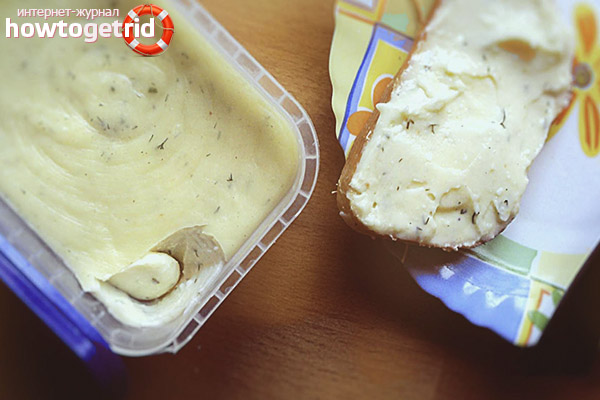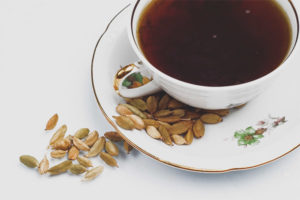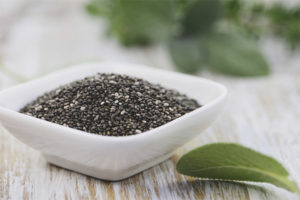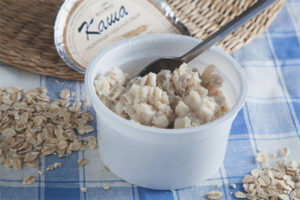The content of the article
A lot of good products came about quite by accident. Melted cheese also appeared due to an incident. Not calculating, they prepared so much cheese in the Swiss city of Thun that it was impossible to sell it all in a short time. And then the decision came to melt part. It happened at the beginning of the 20th century, but by the age of 30 this type of cheese had won many admirers, as a result of which it owns one third of the total production of cheese products.
How is cream cheese made?
The raw materials of processed cheeses are hard and soft rennet cheeses, as well as fast ripening, which are made specially. They also use ordinary cheese - fermented milk, sour cream, butter, dry cream or milk. Add spices: cumin, dill, pepper and others, and in some varieties can be found, for example, sugar and cocoa.
Melted cheeses are distinguished by the fact that their production requires salts, which, in the process of heating the mass, must transfer the protein in the composition to a molten state, only then the product will have a marketable appearance that will become uniform and stable. Salts are most often used sodium - with citric or phosphoric acid.
It is wrong to assume that processed cheeses are obtained from those hard cheeses that are of low quality, and therefore they did not have time to realize them in time. Using poor raw materials for the manufacture of fused, it will give its low quality, first of all, an unpleasant taste, which even refined fragrant spice will not help to hide. Only cheese, which has no taste deficiencies, with a pleasant smell, is taken as a basis.
Before being subjected to melting, the cheese is washed, cleaned of paraffin, cut off all damaged areas. Then it is crushed and salt-melters are added. Prepare by special technology, selecting the necessary ingredients. When the cheese warms up to 85 degrees, the mass becomes rare and fluid, the number of microorganisms sharply decreases in it.
Classification
The assortment of processed cheeses is very diverse. They are divided into several groups, each of which has characteristic chemical, technological, and product differences:
- Sawn. They are so named because they have a smooth consistency, so that they can be easily cut and spread on bread. It is made from high-fat cheeses by adding dairy products.
- Sausages. Obtained thanks to a special treatment - smoked, because its aroma is smoked, the taste is sharp. Based on low-fat cheese and dairy ingredients.
- Pasty. Especially gentle due to the high fat content and the percentage of moisture, they are prepared only from high-quality products, observing a special technology.
- Sweet In the sweet there are sugar and various additives in the form of nuts, honey, cocoa, syrups and other flavored fillers.
Cream cheese is not only tasty, but also healthy!
Nutritionists say that this type of cheese is absorbed by the body by almost 100 percent. For a person, this is a very positive fact, since melted cheese contains many useful elements:
- First of all, there is a lot of protein, which, once in the body, performs many functions.Breaking down into simpler substances, it begins to release energy, and the body distributes it. Protein is also necessary as a building material, which will be needed for the synthesis of cells, tissues and organs. All reactions in the body are regulated by enzymes, which are biological catalysts, the presence of protein is also necessary for their synthesis. All hormones, antibodies are fully or partially composed of protein. It also protects the skin, hair, nails from negative influences. They have proteins in processed cheese feature: they contain all the essential amino acids.
- Especially a lot of processed cheese casein. This is a very unusual complex protein, as it is thermostable, which means it does not change its useful structure during the preparation of cheese. Scientists have found: in its amino acid structure, it is very similar to the tissues of the human body, because its amino acids are actively used for the construction of body cells. In casein, as well as in albumin, which is also in processed cheese, there is a large amount of lysine, tryptophan, because the product has high rates for human health.
- Fats are also necessarily present in processed cheese.They emit a large amount of energy that is necessary for a person to breathe, walk, perform various movements. We need these substances for normal functioning of the main systems - cardiovascular, nervous. As a protective component, fat, due to its elasticity, does not allow all organs to shift, protecting them from mechanical effects. Due to the fact that fat has a low thermal conductivity, it does not allow the body to lose heat. It is this component of processed cheese that harmoniously combines saturated and unsaturated fatty acids. Milk fat has a solid consistency and a relatively low melting point, which is why it is absorbed well by the body. Under the influence of body heat, he quickly turns into a rare state, easily succumbing to the processing of gastric juice. Only milk fat contains such fatty acids as butyric, caproic, caprylic.
Melted cheese contains arachidonic acid, which is able to fight atherosclerosis. There are also phosphatides, primarily lecithin, which quickly removes excess cholesterol from the body.
Who needs to limit the intake of processed cheese
Contraindications due to the composition of the product. Melted cheese contains:
- Sodium, because people with high blood pressure and cardiovascular diseases need to limit the intake of the product.
- Sterols that are not recommended for older people.
- An increased amount of salt, phosphate supplements may affect an allergic reaction or a negative reaction of the kidneys.
- Citric acid - therefore, if acidity is increased, stomach discomfort may occur.
- A lot of calories, because people with excess weight often do not want to include cheese in the diet.
Culinary traditions of processed cheese
Using melted cheese, you can cook snacks, first and second courses, savory desserts.
- To make a delicious mass for sandwiches, rub melted cheese, and then add to it a choice of mustard, mayonnaise, horseradish, and you can all together, as well as salt. It remains at the end only to grind the composition to a uniform consistency. Proportions: 300 gr. cheese, 150 gr. mayonnaise, 25 gr. horseradish, 10 gr. mustard
- Dessert Parisian cooked so. grate melted cheese - 150 gr., then - finely chop two sweet apples, add a few almonds, 50 gr. mayonnaise, lemon juice and salt.Served on toasted white bread slices.
Video: cream cheese vs usual












To send